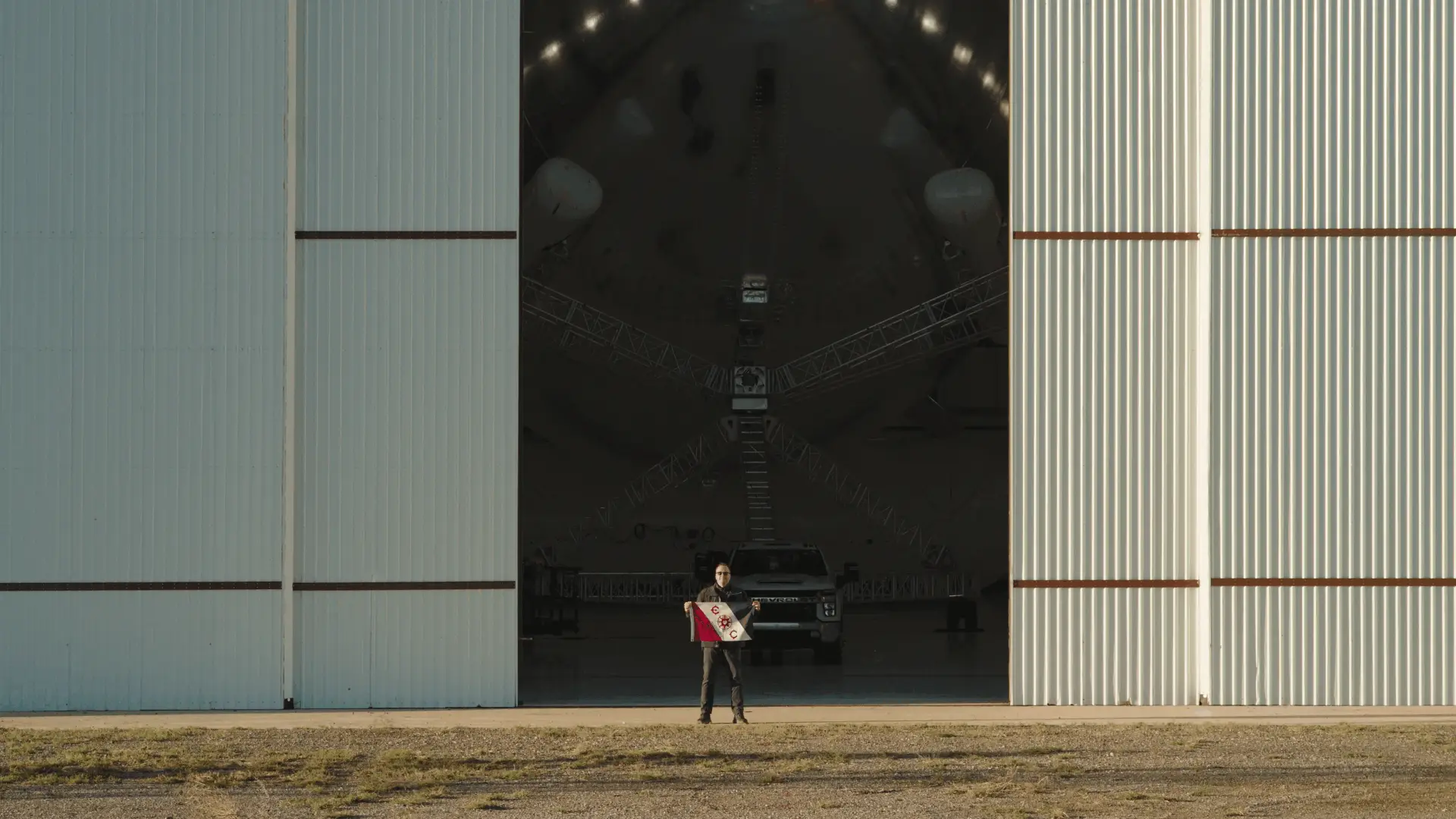Sceye opens a new frontier in the stratosphere with first-ever full diurnal flight while staying over an area of operation

New York, New York – Sceye, a leading U.S. aerospace company specializing in High-Altitude Platform Systems (HAPS), today announced the completion of its historic 2024 Explorers Club Flag Expedition. The company carried Flag #210 on the first-ever full diurnal flight in the stratosphere while staying over an area of operation for over 24-hours. The expedition represented a scientific breakthrough towards creating station-seeking platforms below orbital altitude and building an entirely new layer of infrastructure between drones and satellites.
The ability to stay above 60,000 feet for an extended period of time unlocks the untapped potential of the stratosphere by offering a unique vantage point for accelerating the understanding of our planet, detecting climate disasters in real time like wildfires and methane leaks, as well as providing connectivity to the unconnected. This spring, Flag #210 will be returned to The Explorers Club and retired, honoring its significant historic achievement.
“Sceye aims to unlock new avenues of exploration and opportunities to protect our planet and its people,” said Mikkel Vestergaard Frandsen, CEO and Founder of Sceye. “It is an honor to have carried Explorers Club Flag #210 on this historic expedition. The ability to stay in the stratosphere for an extended period over an area of operation represents a breakthrough towards building an entirely new layer of non-terrestrial infrastructure to address some of the most urgent challenges facing humanity today.”
Sceye is an important complement to the valuable benefits of satellites, as HAPS operate twenty-to-forty times closer to Earth, providing new opportunities for advanced hyperspectral imaging, LiDAR, and other environmental data monitoring and prediction, bridging the digital divide, and for additional scientific discoveries.
“Explorers Club Flag Expeditions are reserved for expeditions of extraordinary significance to humanity, science, and exploration,” said Richard Garriott, President of The Explorers Club. “Space is often called the final frontier, but thanks to Mikkel and Sceye, we’re now opening a new frontier – the stratosphere. Sceye’s historic expedition unlocked a new layer of infrastructure for humanity, opening up new possibilities for science, people, and our planet.”
Since 1904, The Explorers Club has championed global discovery and science. Organizations or explorers must apply to carry an Explorers Club Flag, which are only authorized by The Club for expeditions of extraordinary scientific or exploration significance.
Sceye’s expedition stands alongside pivotal moments in exploration, such as the first flight at Kitty Hawk in 1903 and the launch of Sputnik in 1957. Together, these events represent humanity’s progression through three layers of infrastructure: troposphere, space, and now, the stratosphere. Sceye will return the Flag at The Explorers Club Annual Dinner (ECAD) in April.
Following a $525 million pre-money valuation from its Series C round and forging partnerships with NASA and USGS, Sceye is advancing its mission to protect the planet and connect communities globally.
About Sceye
Founded in 2014, Sceye is an aerospace company dedicated to advancing stratospheric technology to connect people and protect the planet. Sceye leads the High-Altitude Platform Systems (HAPS) industry, focusing on universal connectivity, climate monitoring, natural resource management, and disaster prevention.
About The Explorers Club
Founded in 1904, The Explorers Club is a multidisciplinary, professional society dedicated to the advancement of field research, scientific exploration and resource conservation. Headquartered in New York City with a community of chapters and members around the world, The Explorers Club has been supporting scientific expeditions of all disciplines, uniting our members in the bonds of good fellowship for more than a century.
